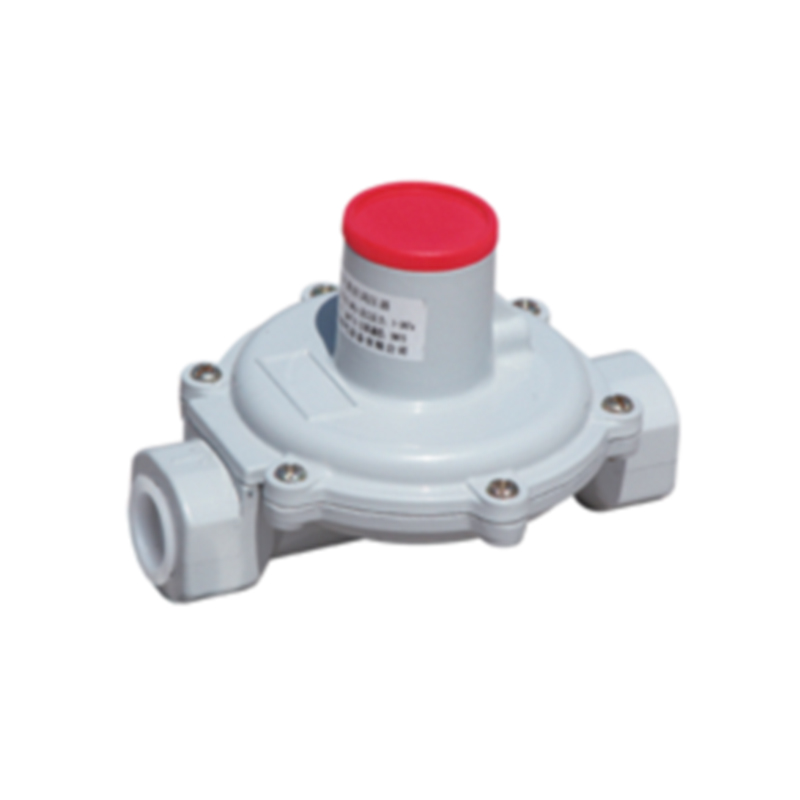
8 月 . 13, 2024 10:22
Back to list
Understanding the Importance and Functionality of Pressure Relief Valves in Industrial Applications
Understanding Relief Valves Importance, Types, and Applications
Relief valves play a crucial role in maintaining safety and efficiency in various industrial applications. These devices are designed to prevent excessive pressure build-up in systems, thus protecting equipment and ensuring operational integrity. Understanding the functions, types, and applications of relief valves can significantly enhance safety protocols in any industrial environment.
At its core, a relief valve is a type of pressure relief device that automatically releases fluids from a system when pressure exceeds a predetermined threshold. The primary function is to prevent potential disasters caused by overpressure situations, which could lead to equipment failure, explosions, or even hazardous material leaks. By venting pressure, relief valves ensure that systems operate within safe limits.
There are several types of relief valves, each tailored for specific applications
. The most common types include spring-loaded relief valves, pilot-operated relief valves, and rupture discs.1. Spring-Loaded Relief Valves The most widely used, these valves rely on a spring mechanism to keep the valve closed until the preset pressure level is reached. Once the threshold is exceeded, the force of the fluid pressure overcomes the spring tension, allowing the valve to open and release the excess pressure.
relief valves

2. Pilot-Operated Relief Valves These are more sophisticated than their spring-loaded counterparts. They use a small pilot valve to control the opening and closing of a larger valve. This design provides greater accuracy and a faster response to changes in pressure. Pilot-operated valves are particularly useful in high-pressure systems and applications where precise pressure control is critical.
3. Rupture Discs Unlike traditional valves, rupture discs are non-reclosing safety devices. They consist of a thin membrane that bursts at a specific pressure, allowing fluid to escape. Although they do not close automatically, rupture discs are often used in conjunction with relief valves to offer a secondary layer of protection in critical applications.
Relief valves find applications across numerous industries, including oil and gas, chemical processing, power generation, and water treatment. In oil refineries, for example, relief valves are essential for managing the pressure of vapors and liquids within pipelines. In chemical plants, these valves safeguard against dangerous chemical reactions that could occur due to excessive pressure. Similarly, in power generation, relief valves are vital in steam systems to prevent turbine damage from high-pressure steam.
The proper selection and maintenance of relief valves are critical to ensuring they function correctly when needed. Factors such as the type of fluid, the operating pressure range, and environmental conditions must be considered during selection. Regular inspections and maintenance routines are equally important, as wear and tear over time can lead to decreased performance or complete failure.
In conclusion, relief valves are indispensable safety devices that play a vital role in various industries. By preventing excessive pressure build-up, they protect both people and equipment from potentially catastrophic failures. Understanding the different types of relief valves and their specific applications can help organizations implement effective safety measures and ensure compliance with industry regulations. As industries continue to evolve, the importance of reliable relief valves will only grow, reinforcing their status as a cornerstone of modern industrial safety.
Latest news
-
Unlocking The Quality Gas Pressure ReducersNewsNov.01,2024
-
The Role of Gas Pressure Reducing StationsNewsNov.01,2024
-
The Importance and Functionality of Safety Relief ValvesNewsNov.01,2024
-
The Essential Role of Safety Valves in Natural Gas ApplicationsNewsNov.01,2024
-
The Essential Role of Gas Pressure RegulatorsNewsNov.01,2024
-
Enhance Your Premium Gas FiltersNewsNov.01,2024

